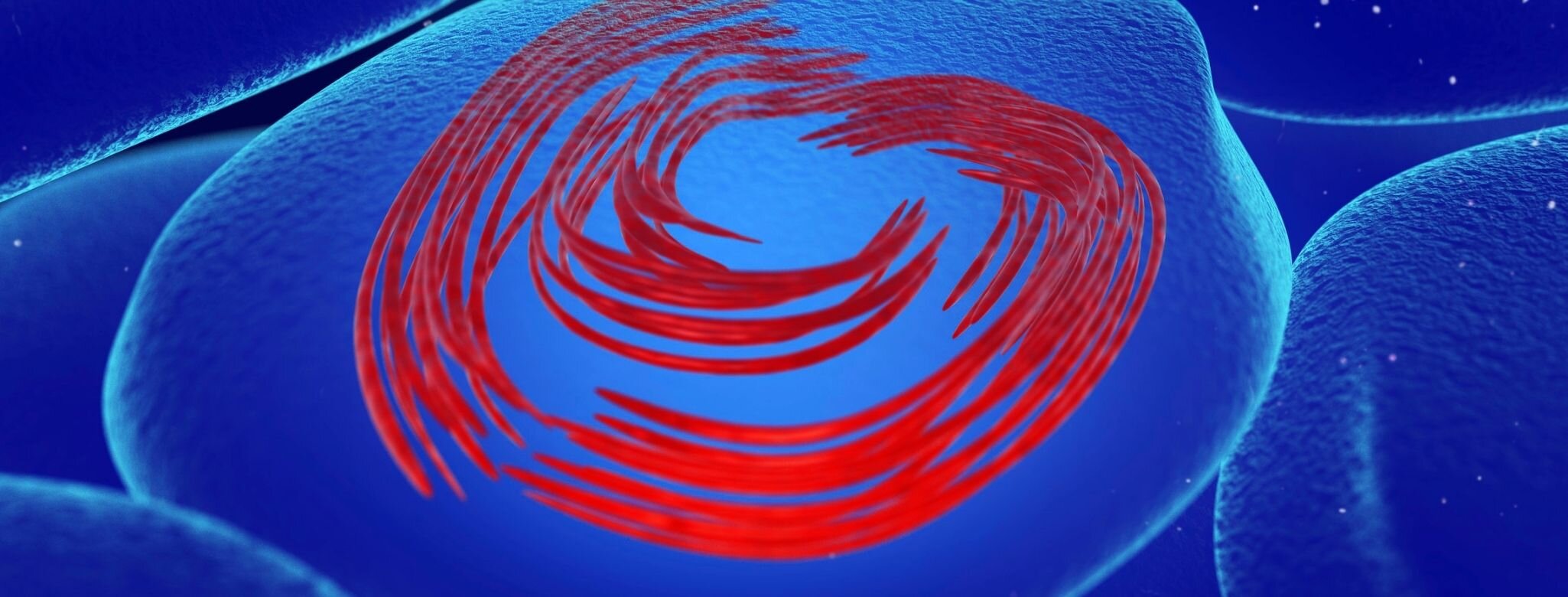Skin - Keratinocytes
Keratinocytes are cells that make up over 90% of the epidermis or the outer layer of the skin. They produce an secrete a protein called “keratin” which is also called an intermediate filament protein, that holds the skin cells and layers together. The amount of keratin secreted by the keratinocytes in different parts of the body, is responsible for how thick that area of skin becomes. This is why the skin around the knees and soles of the feet are tougher than the thin, soft and sensitive skin around the neck.
Types of Keratinocytes
During its life cycle, a keratinocyte can exist as a dividing cell in the basal layer or inner most layer of the epidermis. These cells continuously divide to form new basal keratinocytes and are knowns as stem cells. However, some of the keratinocytes begin to differentiate and are pushed upwards, to the superficial layers of the epidermis. When they enter the next layer of the epidermis, they are called prickle or spinous cells because they begin to look like prickly thistle plants under the microscope.
As they enter the granular layer, they begin to lose their cell nuclei and cell organelles . Once they’ve been pushed into the most superficial, highly keratinized squamous layer of the epidermis ( stratum corneum) they become flattened cells without nuclei, taking on a hexagonal shape and are often called squames. This layer is densely packed with keratin protein. The cells eventually they flake off as dead skin, but the tough keratin layer that they form, protects the skin. The rate of cellular shedding is balanced by the rate of new cell generation by the basal keratinocytes, in order to maintain a healthy skin layer.
Research estimates that humans lose 30,000 to 40,000 skin cells each minute or 500 million cells per day. The dead skin cells or squames that flake off, make up a large part of household dust! It’s interesting to note that as the keratinocytes progress through each stage in their life cycle , they produce a different profile of keratin proteins. This process of migration of the keratinocytes through the different layers of the epidermis can take about a month. So, over the course of a life time, the skin is renewed more than a thousand times.
Function of Keratinocytes
· Protection: The keratinocyte layer protects the body against microbial, viral, fungal and parasitic invasion as well as UV radiation from sunlight. They provide a mechanical barrier to invasion of micro-organisms. They also produce antimicrobial peptides and cytokines, that can kill pathogens, in a mediated immune response.
· Wound Healing : Keratinocytes migrate towards sites of wounds or injuries and interact with fibroblasts to facilitate balanced wound healing, by re-epithelization. This is necessary for effective wound closure.
· Hydration: In addition, the squamous cells layer made up of keratinocytes, minimizes the loss of body heat, water and electrolytes in order to prevent dehydration or drying of the skin.
Factors that affect the production of keratinocytes
1. Increased exposure to the sun
Prolonged exposure to ultraviolet radiation from sunlight, causes damage to the DNA of the basal keratinocytes resulting in premature and abnormal keratinization, known as sunburn cells. It also causes inflammation in the surrounding tissues and dilatation of the blood vessels in the skin, giving rise to the characteristic erythema or red flushing of the skin, when exposed to too much sun. Erythema usually occurs 3-4 hours after exposure, with peak levels at 24 hours.
2. Ageing
Aging skin looks thinner, paler, and more translucent because the outer layer of the epidermis thins, even though the number of cell layers remains unchanged. Pigmented spots including age spots or "liver spots" may appear in sun-exposed areas.
References
1.Bragulla HH, Homberger DG. Structure and functions of keratin proteins in simple, stratified, keratinized and cornified epithelia. J Anat. 2009;214(4):516-559. doi:10.1111/j.1469-7580.2009.01066.x
2.Piipponen M, Li D, Landén NX. The Immune Functions of Keratinocytes in Skin Wound Healing. Int J Mol Sci. 2020;21(22):8790. Published 2020 Nov 20. doi:10.3390/ijms21228790
3.Basal Cells, Keratinocytes and Melanocytes [Internet]. News-medical.net. 2018a [cited 2021 Jun 7]. Available from: https://www.news-medical.net/health/Basal-Cells-Keratinocytes-and-Melanocytes.aspx
4.Crampton L. Human skin: Structure, functions, and interesting facts [Internet]. Owlcation. 2012 [cited 2021 Jun 7]. Available from: https://owlcation.com/stem/The-Many-Functions-of-Human-Skin
5.Van Laethem A, Claerhout S, Garmyn M, Agostinis P. The sunburn cell: regulation of death and survival of the keratinocyte. Int J Biochem Cell Biol. 2005 Aug. 37(8):1547-53.

